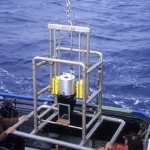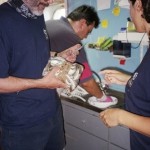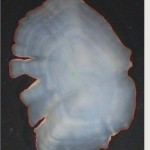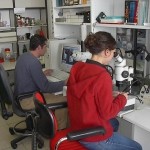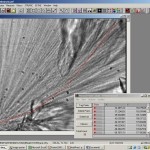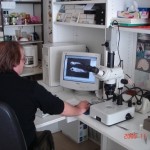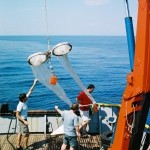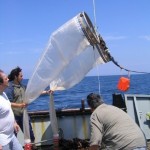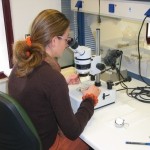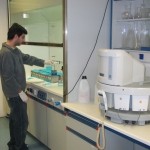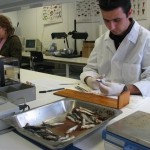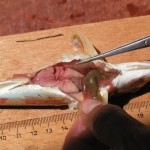Lab Equipment
Marine Biology and Fisheries Resources Research
Laboratory of Coastal Zone Management
IMBRIW has a modern coastal zone laboratory, which aims to study the biology and ecology of fish in coastal waters in relation to the environmental quality of coastal waters and environmental interaction between coastal fisheries and other economic activities. For this reason, the lab is equipped with table and portable spectrophotometers (VIS), digital portable instruments for the measurement of physicochemical parameters (temperature, salinity , oxygen , pH), benthic samplers (soil cores Eckman, Hydrobios), laboratory instruments (scales, microscopes) and glassware.
Computing Data Centre Fisheries
The computer center of fisheries data is stocked with state-of-the-art hardware and software. For the purpose of supporting the integrated management of fisheries data (Integrated Fisheries Information System, IFIS), a platform which consists of servers databases, geographic information systems and statistical packages has been designed. To support the local area network (LAN) and wide area network (WAN) applications management of the data of IFIS, the necessary equipment that provides secure Internet access has been used.
Through the network, seamless communication is also ensured between the branches of Athens and Heraklion. To improve bathymetric data and support field work, the Institute is equipped with an advanced seabed mapping system.
Electronics
In this lab, light structures are made and tests are performed, as well as upgrades and maintenance of the electronic equipment. It is equipped with a wide range of tools, light machinery (drills, cutters, lathes), prototype lab tools and analytical equipment (mega counters, oscilloscopes, power supplies and pulse).
Invertebrate lab
In this Laboratory, invertebrate samples caught by bottom trawl and other samplers (dredges, beam trawls Agassiz, traps , nets, soil core and benthos samplers) are processed. The laboratory has all the necessary equipment for various laboratory measurements (digital calipers, electronic scales, etc.), for washing and sorting organisms, as well as microscopes and stereoscopes equipped with a digital camera. Every workplace has special fume hoods for working with formalin.
Image Analysis
The Laboratory of Image Analysis (Image Analysis) uses modern techniques of optical imaging and advanced technology equipment (tablets, video, frame grabber and digital still cameras). It includes an analysis and processing system for digital microscopic images, consisting of analog and digital cameras adapted to microscopes and stereoscopes, which are connected to respective workstations. The system is supported by detection applications, counting and morphology objects.
For further editing of photos and video, digital image analysis software is used (Adobe Photoshop, Correl Draw, GraphicConverter and NIH Image). Image Analysis is mostly used for age studies (otoliths , statoliths) and for fish and cephalopods reproduction analyses. Apart from the two -system software (Image Analysis Pro Plus and TNCP), macros have been constructed and used for age and reproduction studies.
Histology
The Histology lab has complete and modern equipment for obtaining histological samples through dehydration process, dwell, production and corresponding staining sections. The above process is carried out to analyze species and populations mainly in studies of fish reproduction (defining developmental stages of germ cells, classification stages of maturity , daily and seasonal spawning pattern, fertility, reproductive condition assessment , etc. )
Ichthyology
Ichthyology laboratories are equipped to meet the needs of the research carried out by the Institute on demersal and pelagic species caught by experimental fishing or procured directly from the fishermen. In the laboratory, morphometric studies are conducted, biological parameters are recorded and appropriate organs are removed for further analysis and study (e.g. studies on age, histological studies such as gonadal lipid analyses, etc).
The laboratory includes washing facilities, instruments for measurements, such as ichthyometers, digital calipers and analytical scales, instruments for cutting and polishing (for otoliths) and lipid analyzers. The lab equipment also includes microscopes and stereoscopes -enabled camera and with Image Analysis System.
